Physical Address
304 North Cardinal St.
Dorchester Center, MA 02124
Distal humeral osteotomies are performed to correct cubitus varus or valgus malalignment. Cubitus varus typically results from a malunion of a supracondylar fracture, and cubitus valgus typically results from a nonunion of a lateral condyle fracture.
Cubitus varus malunion occurs following treatment of a displaced supracondylar fractures historically in about 4% to 57% of cases depending on the treatment method utilized. The varus is caused by a malunion of the distal humeral fracture rather than from a growth disturbance. Cubitus varus in combination with extension and medial rotation of the distal humerus is known as the “gunstock deformity.” The resulting appearance is cosmetically abnormal ( Figs. 19.1 , 19.2 and 19.3 ).
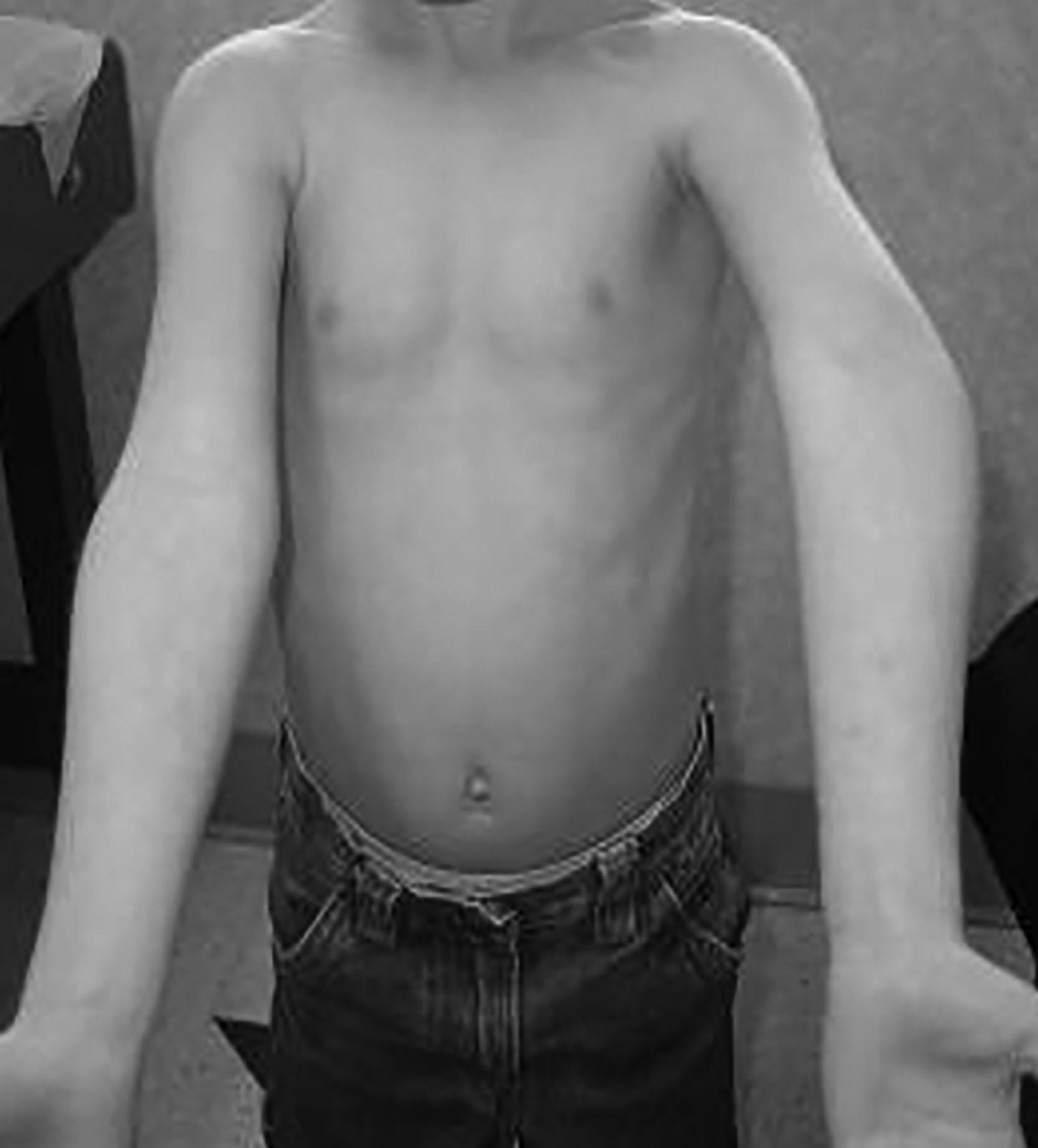
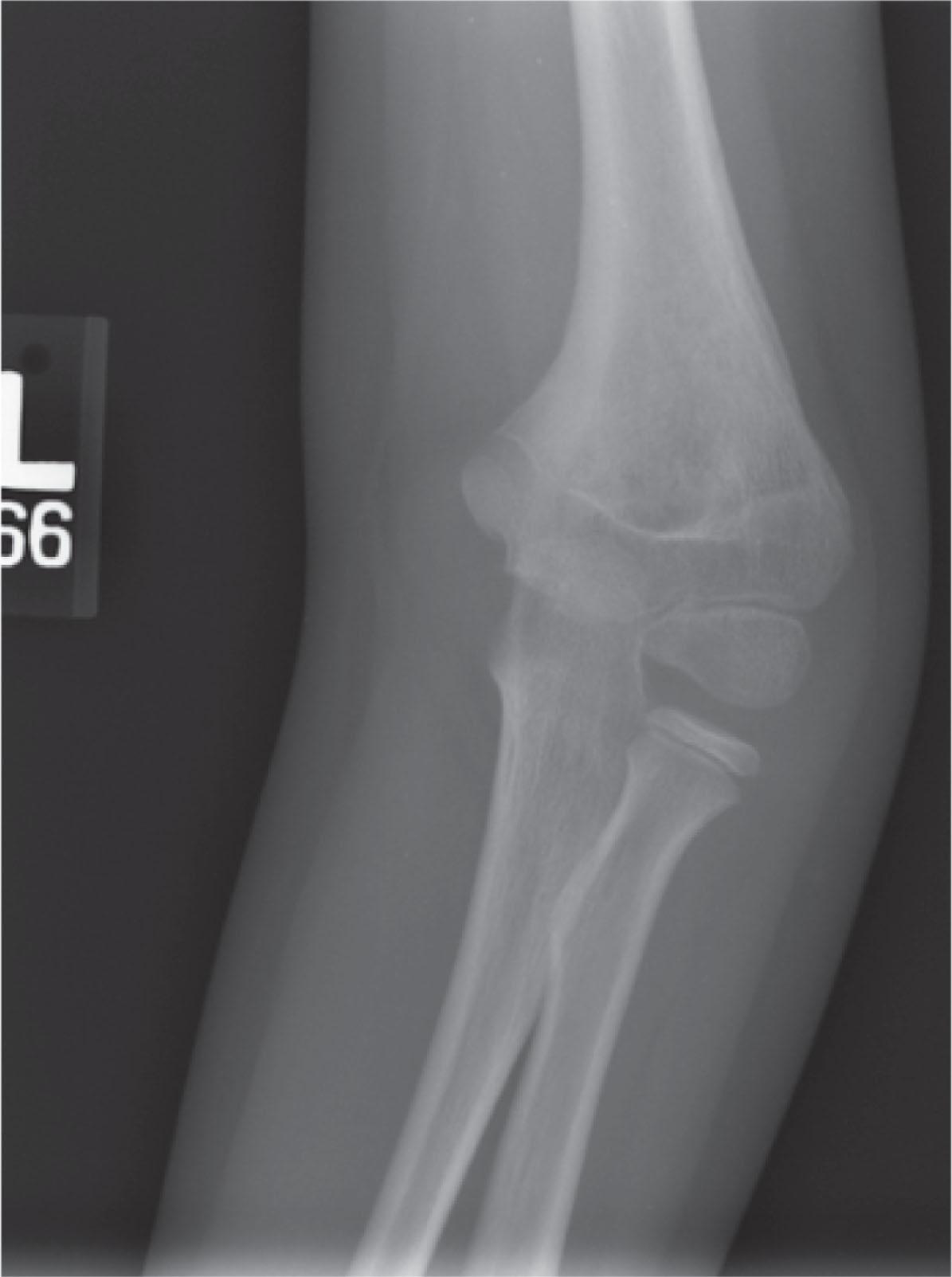
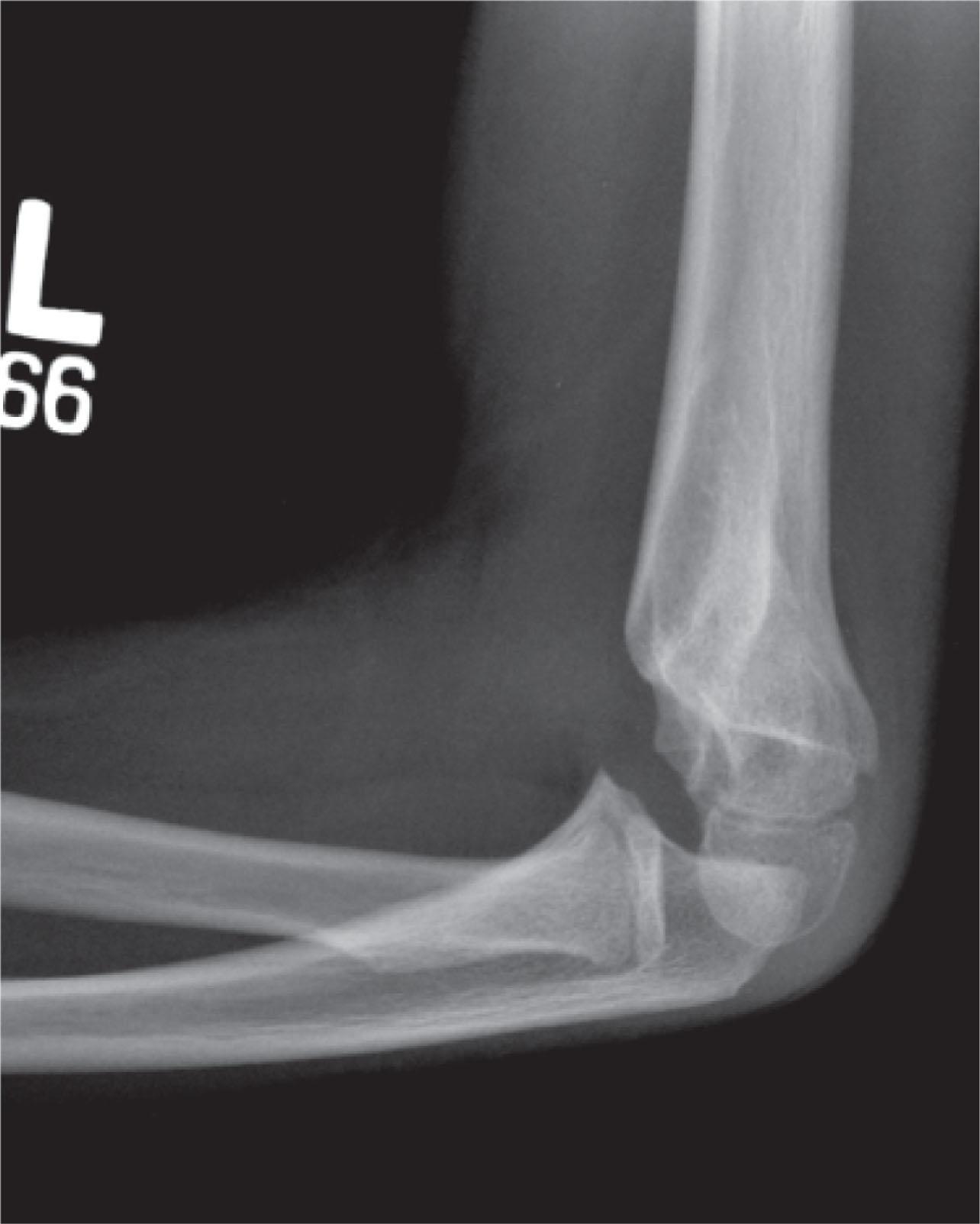
Although initially believed to be only a cosmetic deformity by some authors, patients with cubitus varus can develop ulnar nerve subluxation, triceps snapping, posterolateral rotary instability, posterior shoulder instability, and lateral condyle fractures. Therefore, some patients with cubitus varus are indicated for a distal humeral valgus osteotomy to correct the limb alignment.
Neglected nonunion of a distal humeral lateral condyle fracture can lead to progressive cubitus valgus deformity with or without a tardy ulnar nerve palsy. As the child grows, the valgus deformity worsens, and the ulnar nerve is gradually stretched until symptoms of ulnar nerve neuropathy appear. Treatment of established nonunion of the lateral condyle in patients with cubitus valgus in controversial. In general, severe cubitus valgus with a carrying angle of greater than 20 degrees is an indication for a supracondylar varus osteotomy. In patients who also develop a tardy ulnar nerve palsy, anterior transposition of the ulnar nerve alone or in combination with a supracondylar varus osteotomy can be performed. Some patients benefit from bone grafting and compression screw fixation of the lateral condyle nonunion.
Patients who undergo distal humeral corrective osteotomy for varus or valgus can potentially develop several complications, including nerve palsies, loss of reduction, nonunion, loss of range of motion, lateral prominence, symptomatic scar formation, growth arrest, osteomyelitis, undercorrection of the deformity, and hardware prominence.
The remainder of this chapter will focus on the complications that result from distal humerus osteotomies and suggestions to avoid complications. Osteotomy options include medial opening wedge osteotomy, lateral closing wedge osteotomy ( Fig. 19.4 and 19.5 ), step-cut osteotomy, arch osteotomy, pentalateral osteotomy, oblique osteotomy with derotation, and Dome osteotomy. Oppenheim et al. defined practical criteria defining the outcomes after osteotomy. Per Oppenheim, an excellent result was defined as limb alignment in valgus to within 5 degrees of the contralateral side, motion to within 5 degrees of the preoperative flexion arcs, and no perioperative complications. A poor result was defined as any case with a complication, any residual varus, or loss of motion greater than 10 degrees. Results that fell between these two extremes were graded as good.
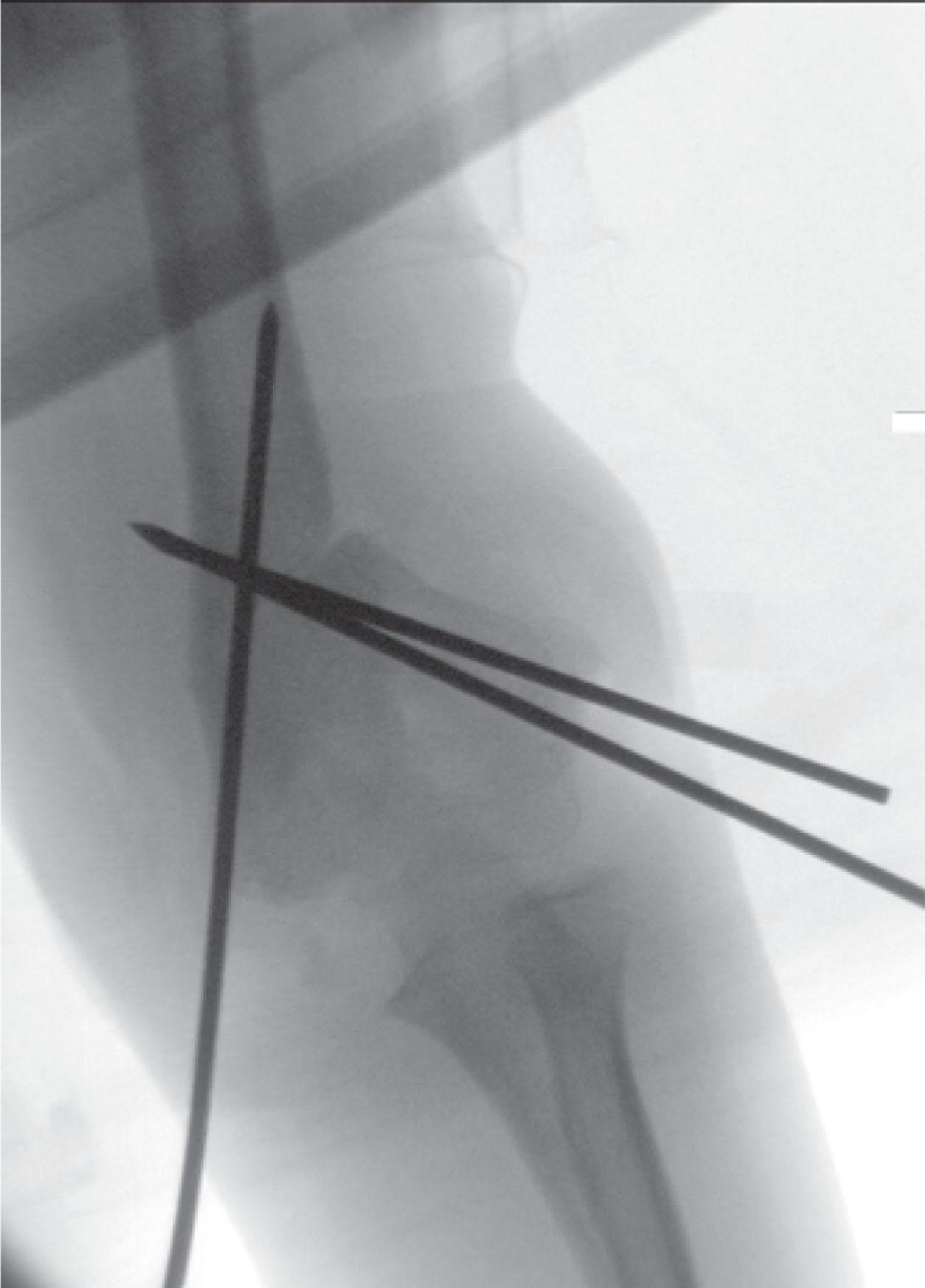
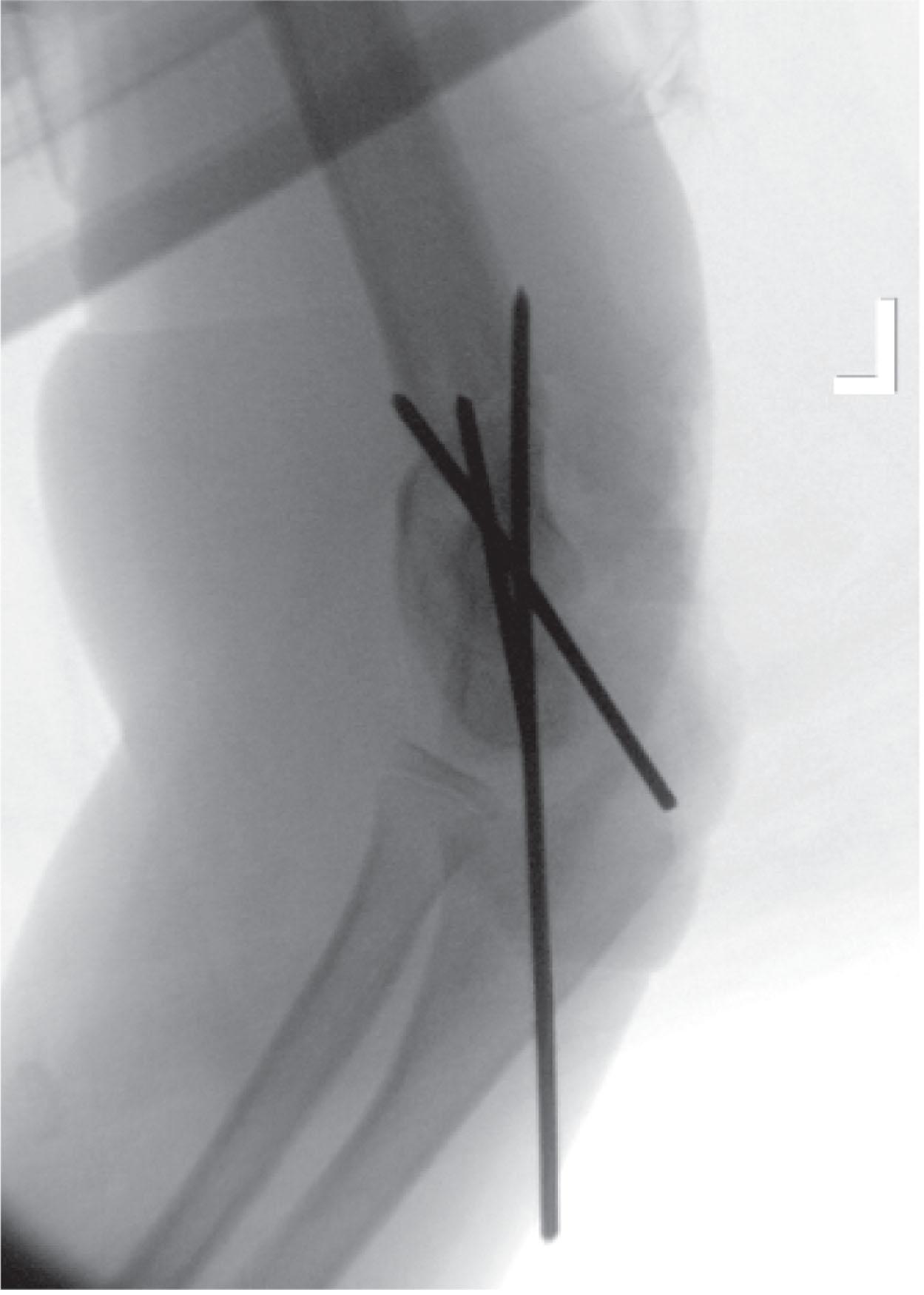
Some complications can be minimized by careful preoperative evaluation and surgical planning. Prior to performing a distal humerus osteotomy, the preoperative patient evaluation should include a thoughtful discussion of the risks and benefits of the procedure. Visual inspection of both limbs, neurovascular assessment, and range-of-motion measurements should be performed. In addition to a varus or valgus malalignment, some patients may exhibit a loss of flexion, a corresponding increase in hyperextension, and an overall maintained elbow arc of motion.
Preoperative full-length anteroposterior arm radiographs can be obtained to measure the humerus–elbow–wrist (HEW) angle. The normal clinical carrying angle observed in most individuals is approximately 5 to 15 degrees. Beals suggests that the HEW angle is the most accurate method of approximating the true clinical carrying angle of a patient. Use of the HEW angle rather than the humeral-ulnar angle or the Bauman’s angle is encouraged, because the humeral-ulnar angle demonstrates variation secondary to the curvature of children’s forearm bones, and the Bauman’s angle may not be accurate in skeletally mature patients. In addition, to accurately estimate the amount of varus or valgus correction, the HEW of the involved arm is compared to the HEW of the contralateral limb. In the absence of full-length arm radiographs, the angle from the center of the humeral shaft to the center of the elbow to the midpoint between the radius and ulna can closely approximate the HEW. Accurate preoperative measurements help to minimize one common complication: undercorrection of the deformity.
Some patients with either cubitus varus or valgus may also present with a lateral elbow prominence. This should also be documented in the preoperative note. Davids et al. reported that the presence of a prominent lateral condyle in association with an elbow varus deformity can predispose the patient to a lateral condyle fracture due to an increase in shear force seen across the capitellar physis in the setting of varus alignment. Some distal humeral osteotomies accentuate the lateral prominence.
Additional preoperative exam findings that should be looked for and documented if present include medial triceps snapping and ulnar nerve subluxation, which can occur with cubitus varus. Cubitus varus shifts the line of triceps pull medially, which can result in anteromedial displacement of the triceps during elbow flexion. The ulnar nerve moves with the triceps muscle, resulting in dynamic compression and a friction neuritis. In addition, tardy ulnar nerve palsy can occur with cubitus valgus. Progressive cubitus valgus following nonunion of a lateral condyle fracture causes gradual stretching of the ulna nerve, and eventual ulnar neuropathy. In both scenarios, treatment of the cubitus varus or valgus with a humeral osteotomy combined with an associated transposition of the ulnar nerve can help relieve symptoms. Preoperative documentation of the ulnar nerve symptoms is important to not attribute the nerve palsy to a postoperative complication.
A third preoperative finding associated with cubitus varus deformity that should be documented if present is posterolateral rotatory instability of the elbow. This finding is rare in children. O’Driscoll et al. reported on 24 patients with a cubitus varus deformity who as adults developed posterolateral rotatory instability. These patients presented with lateral elbow pain and instability. Intraoperatively under anesthesia, O’Driscoll stimulated the triceps muscle while resisting extension, which resulted in posterolateral subluxation of the elbow. Nineteen of 21 patients had good or excellent outcomes after a distal humerus osteotomy and lateral collateral ligament reconstruction.
Become a Clinical Tree membership for Full access and enjoy Unlimited articles
If you are a member. Log in here